At the seminar on solutions for sustainable durian development, meeting export standards in Dak Nong held on April 18, 2025, agricultural experts informed that in the past few months, hundreds of containers of Vietnamese durian exported to China were returned due to cadmium and yellowing contamination.
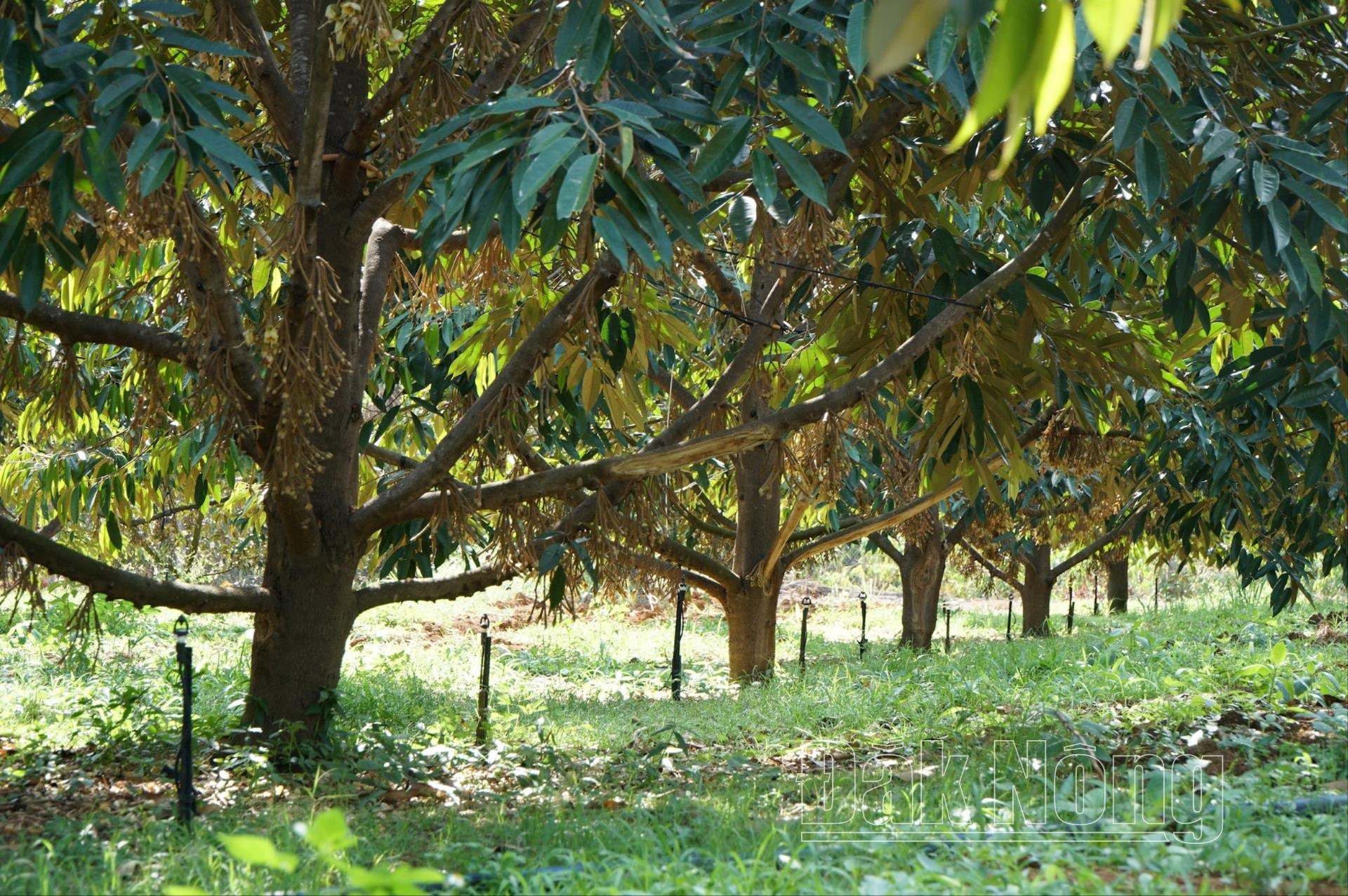
Mr. Nguyen Van Muoi, Deputy General Secretary of the Vietnam Fruit and Vegetable Association, said that Vietnam signed a protocol with China on official durian exports from July 2022. From that point on, Vietnamese durian began to boom. Vietnam's durian export turnover to China in 2022 reached 270 million USD and by 2024 reached 3.45 billion USD.
.jpg)
However, after a period of "hot" development, since May 2024, China has warned about Vietnamese durian being contaminated with cadmium. In the first months of 2025 alone, about 200 containers of Vietnamese durian were returned by China.
“In the first two months of 2025, our durian exports decreased by 62% in volume and 69% in value. The durian industry accounts for nearly 50% of the fruit and vegetable industry’s export turnover. When durian is affected, Vietnam’s fruit and vegetable industry will decline sharply,” Mr. Muoi commented.
.jpg)
Mr. Muoi shared that according to planning data, by 2030, Vietnam will only develop about 65,000 - 75,000 hectares of durian. But in reality, by the end of 2023, Vietnam will have 154,000 hectares of durian, of which Dak Nong has over 12,000 hectares.
“I believe that we should only grow durian in suitable areas to ensure productivity and quality. In areas where people try to grow unsuitable land, investment costs are high, productivity is low, and losses are huge,” Mr. Muoi emphasized.
.jpg)
Dr. Nguyen Dang Nghia shared that Cadmium can appear in the process of caring for durian due to the use of too high a dose of phosphate fertilizer. There are provinces where people are reported to apply 5kg of phosphate fertilizer to 1 durian tree/crop.
“When the amount of phosphate in the soil is too high and the pH drops, it immediately turns into soluble cadmium that penetrates into agricultural products. In particular, if the soil for growing durian lacks micronutrients, it immediately absorbs more cadmium,” Dr. Nghia analyzed.
.jpg)
Ms. Le Thi Minh Nguyet, Chief Representative of NHONHO Technology Company Limited (NHO Organization), Southeast region shared: Many farmers do not know the ingredients and harmful effects of chemical fertilizers and pesticides when taking care of durian.
Durian absorbs active substances and nutrients from the soil, and also absorbs toxins in the soil. Cadmium is formed from chemical substances accumulated in the soil, so it is necessary to use appropriate fertilizer for durian.
.jpg)
According to Ms. Nguyet, durian growers should prioritize using organic fertilizers and biological products instead of chemical fertilizers that can easily cause cadmium.
Durian growers should not use fertilizers or pesticides containing inorganic active ingredients before harvest. Farmers should keep the packaging and samples of fertilizers and pesticides used for easy retrieval in case of problems.
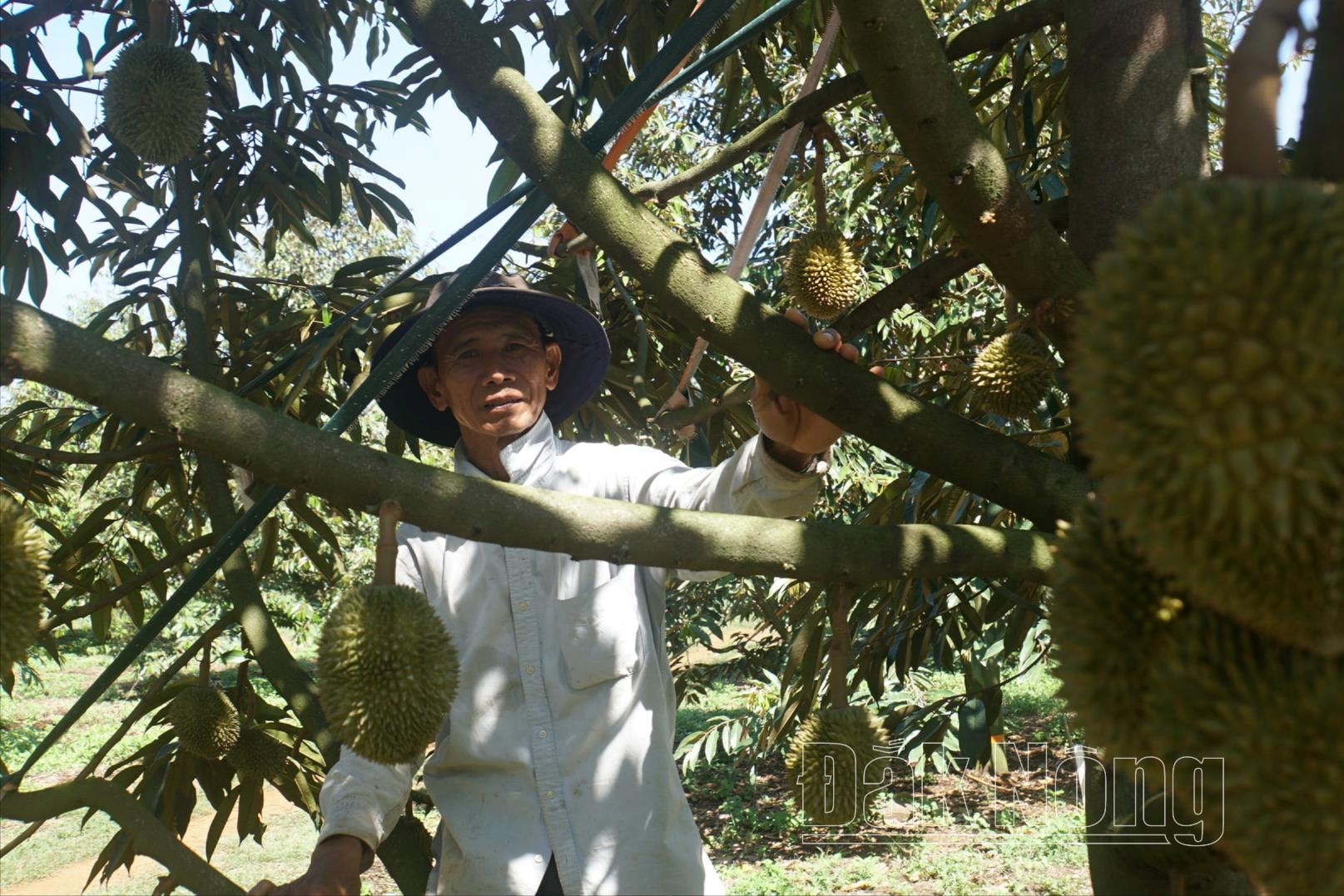
“I know that often in spider and mold sprays, there may be a chemical component of amber. Amber comes from the base of the chemical component,” Ms. Nguyet shared.
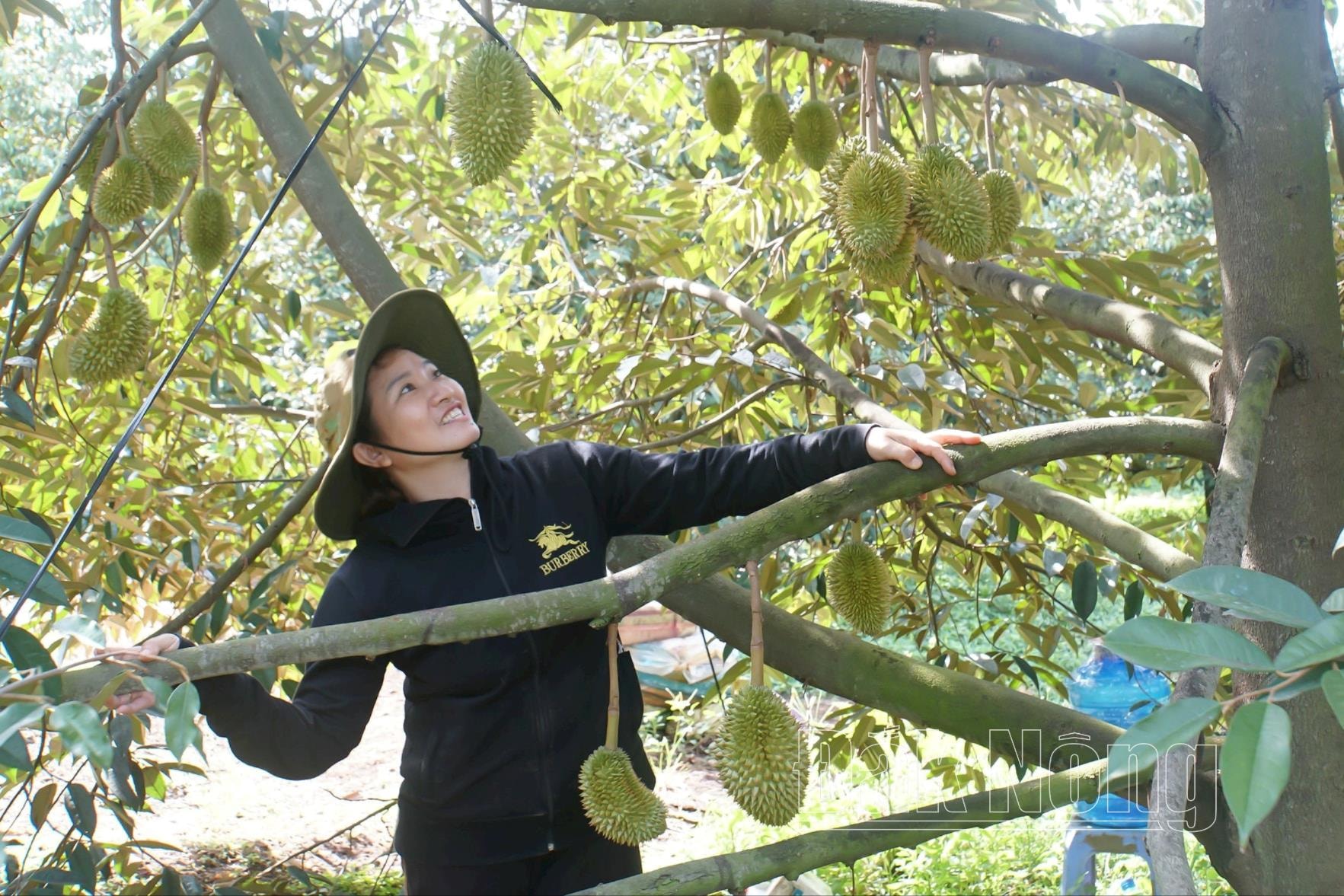
Ms. Nguyet added that currently, even if a business has a certificate of durian testing results from Vietnam, it may not be recognized by China and cannot be exported. Therefore, businesses and farmers need to be extremely careful in producing and trading durian.
Cadmium is a toxic heavy metal, often found in polluted soil and water, causing kidney and bone damage and is a group 1 carcinogen. Ammonium hydroxide is a bright yellow industrial dye, banned from use in food. Both substances are very dangerous if they enter the body through food.
Source: https://baodaknong.vn/chuyen-gia-mach-nuoc-giam-thieu-rui-ro-hoa-chat-cho-sau-rieng-250291.html


![[Photo] T&T 1 and Ho Chi Minh City 1 People's Police Teams won the men's and women's team championships](https://vphoto.vietnam.vn/thumb/1200x675/vietnam/resource/IMAGE/2025/5/22/39db06ae67cb4001b7a556e8d9a56d07)
![[Photo] General Secretary To Lam chairs a working session with the Central Internal Affairs Commission](https://vphoto.vietnam.vn/thumb/1200x675/vietnam/resource/IMAGE/2025/5/22/3b7790f499da45b2803d8ae253207ef1)

![[Photo] Press delegation meeting to visit Truong Sa and DK1 Platform](https://vphoto.vietnam.vn/thumb/1200x675/vietnam/resource/IMAGE/2025/5/22/6b8d232877ec421a9e8187d83b9f8006)
![[Photo] Prime Minister Pham Minh Chinh chairs meeting on draft Resolution of National Assembly on International Financial Center in Vietnam](https://vphoto.vietnam.vn/thumb/1200x675/vietnam/resource/IMAGE/2025/5/22/d398664ff1a140629169ea5a24e1b4d0)



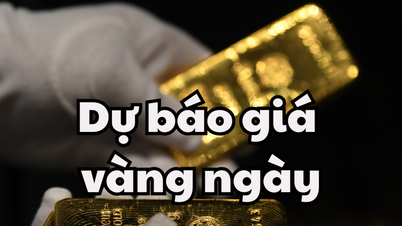

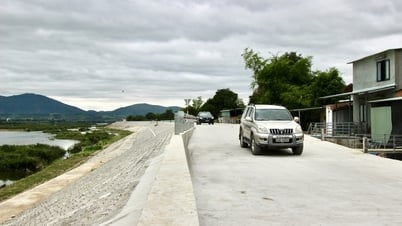

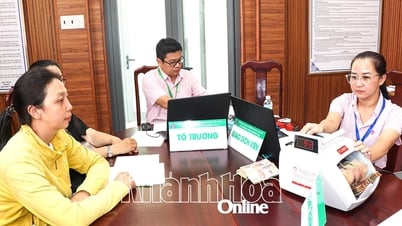

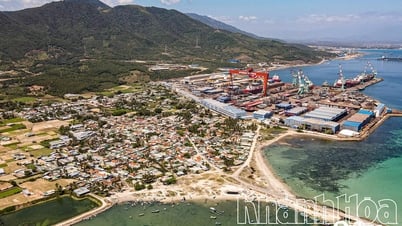




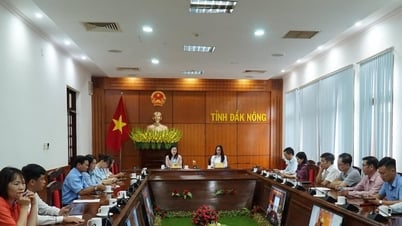
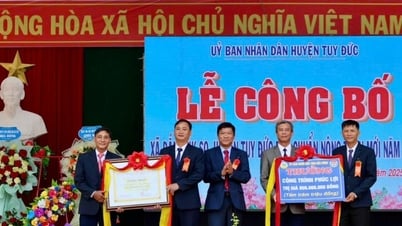
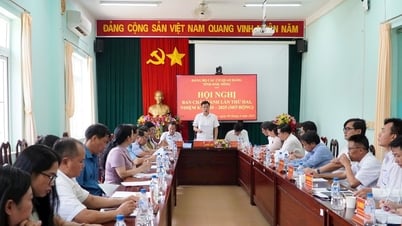
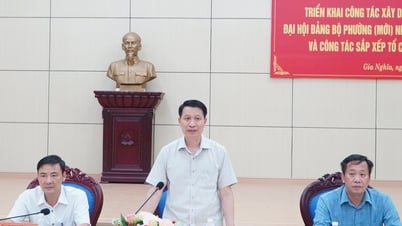

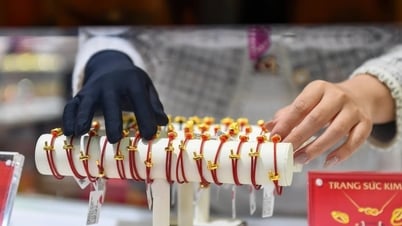





































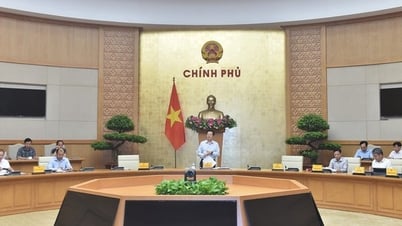

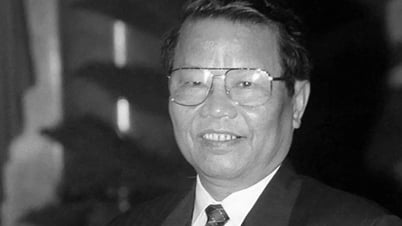




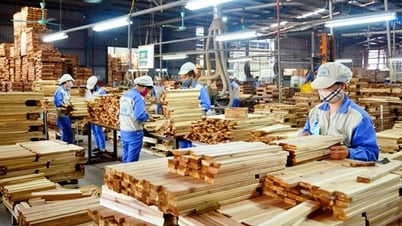







![[Podcast] Week introducing more than 500 OCOP products in Hanoi](https://vphoto.vietnam.vn/thumb/402x226/vietnam/resource/IMAGE/2025/5/22/d144aac2416744718388dbae3260e7fd)





Comment (0)